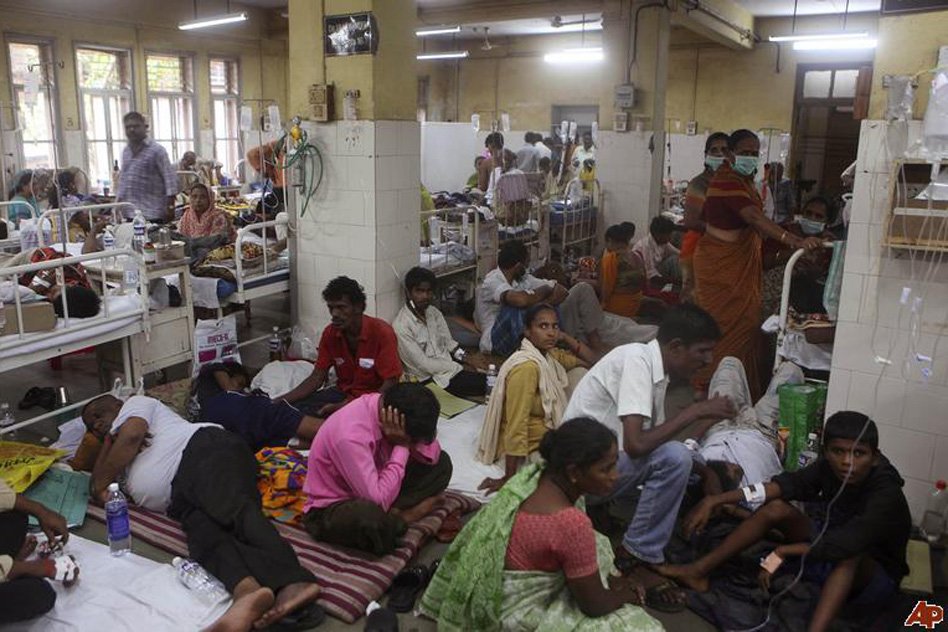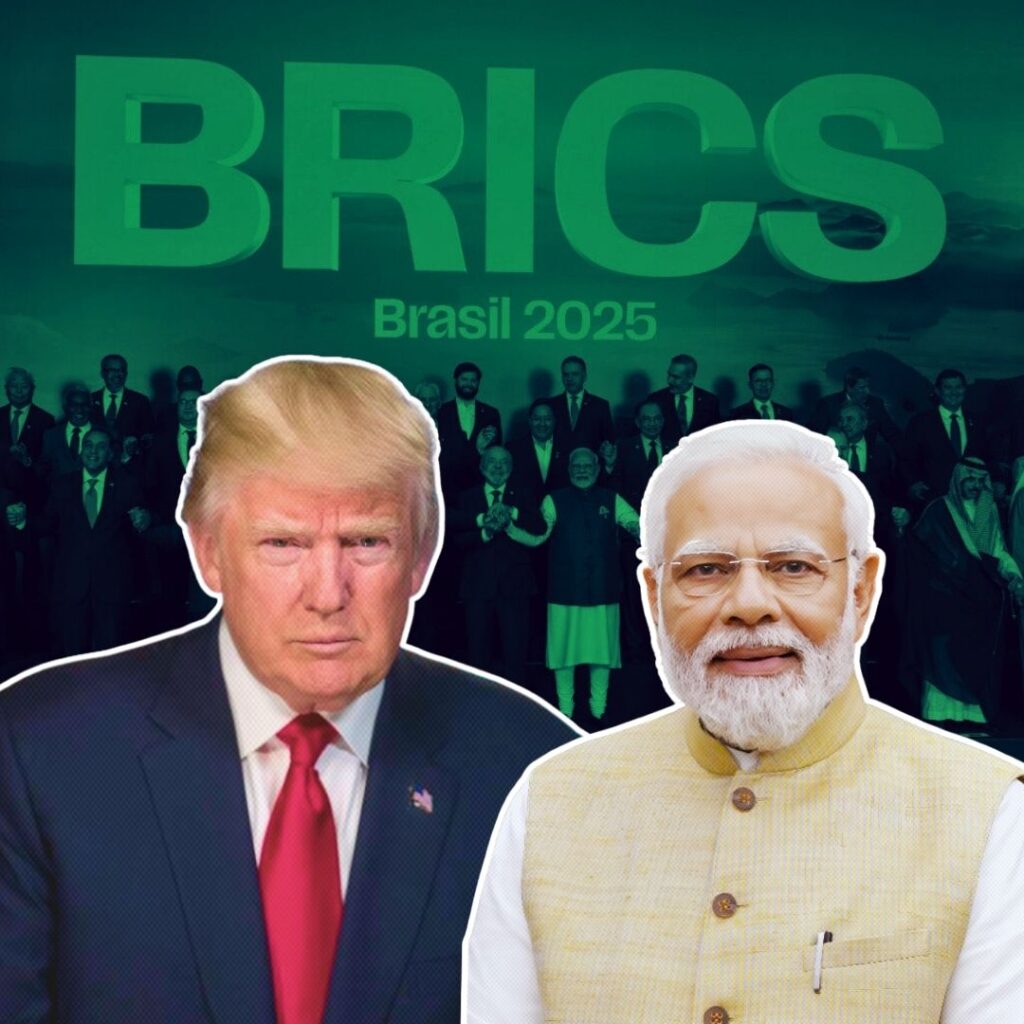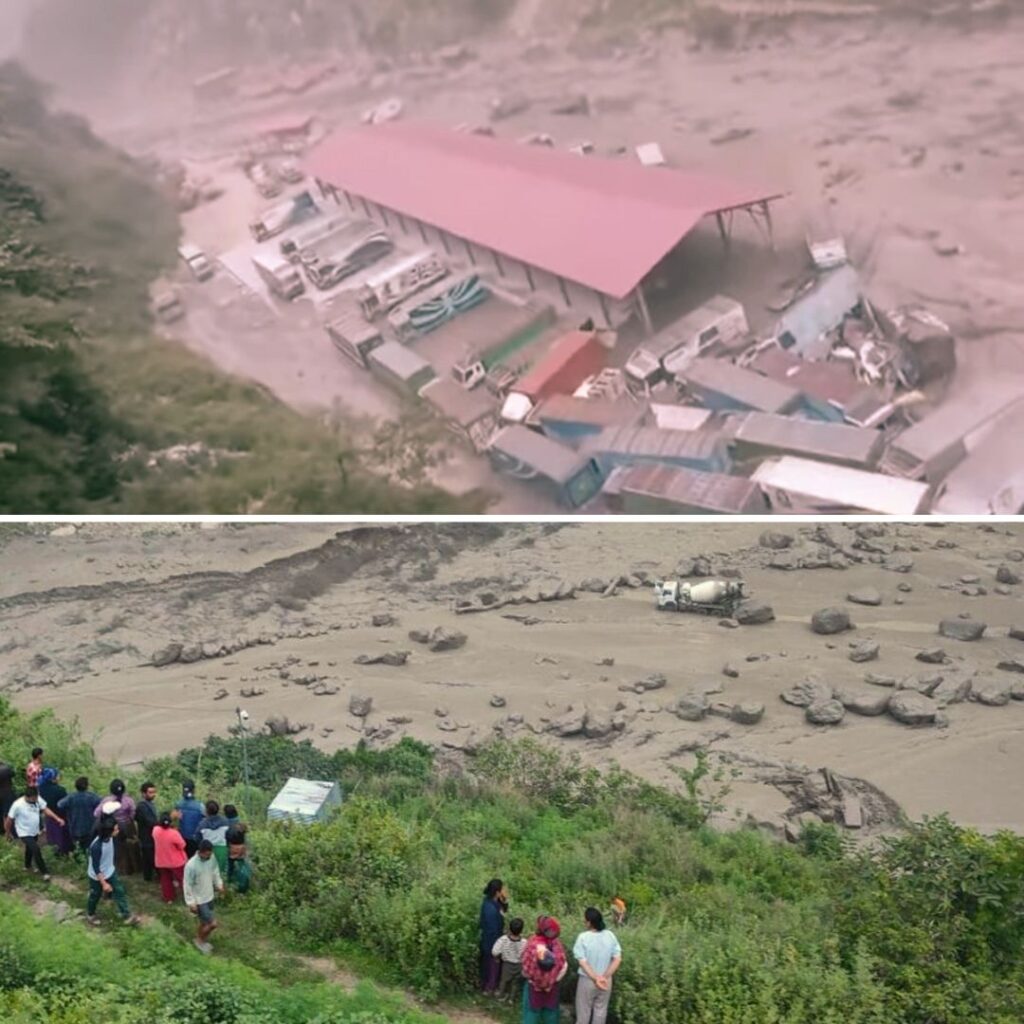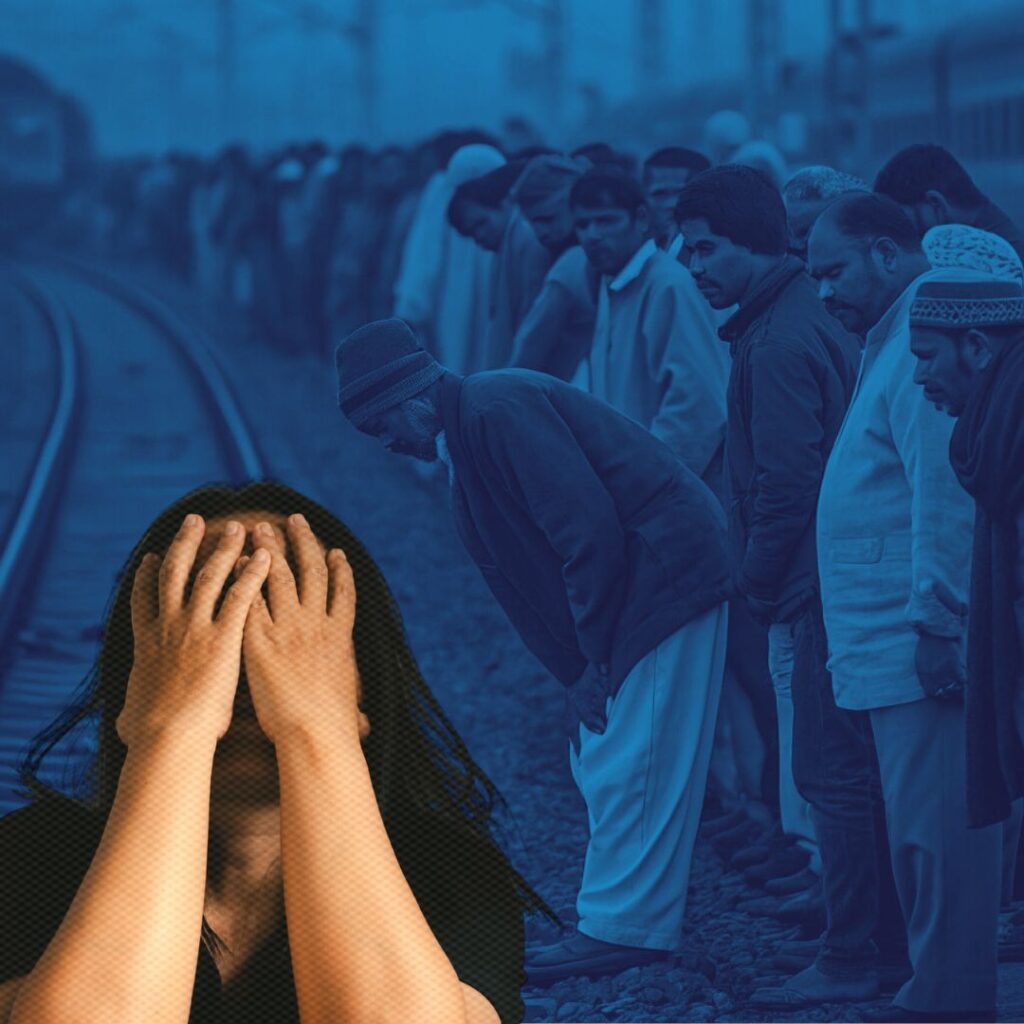News Source: Dr. Devi Shetty’s Blog and The Wire | Image Source: fightforright
The Current Situation:
According to Medical Council of India, India has 9.36 lakh doctors * (i.e. approximately 7.4 per 10,000 people). This also includes a significant number of inactive doctors as well. If we look at WHO guidelines, it recommends 10 doctors for 10,000 people. Even if we include the inactive doctors, there might seem to be a small gap of 2.6 doctors per 10,000 people in India. However, if we look at our population that comes to a stunning shortage of 3.3 lakh doctors just to meet the conservative guidelines in paper let alone exceeding them. China has almost the double the ratio of doctors to people to India and most of the developed countries have a ratio greater than 20 per 10,000 doctors. On the other hand, AICTE (All India Council of Technical Education) is planning to reduce the number of engineering seats from 16.7 lakhs to around 10-11 lakhs. Ironically, even after the reduced number of seats, India will produce more number of engineers every year than the total number of doctors.
There are currently 370 medical colleges in the country that offer 49,840 MBBS seats between them. This makes India the largest creator of doctors in the world. Of these there are only 12,000 Postgraduate seats (for clinical disciplines) and 10,500 Postgraduate diploma (for non-clinical disciplines) seats available. Medical Students all over the country had launched a huge ‘Save the Doctor’ campaign to increase the number of postgraduate seats however to no avail. This means over half the doctors in India end up without postgraduate seats. Because of such intense competition, a doctor easily ends up spending 1-2 years preparing for the immensely and un-necessarily competitive postgraduate exams.
Where Is The Problem:
In India, the top 10 causes of death in India today include diseases such as that of heart, strokes, diarrheal diseases etc. 9 out of the top 10 diseases require specialist doctors to treat them. However these diseases cannot be treated by doctors without postgraduate qualifications due to rigid Medical Council of India (MCI) regulations. Currently, MBBS-only doctors are not even trained nor allowed to treat these death causes in India! A common issue raised by various councils is the shortage of faculty, however when on the one hand we have world-renowned pioneers of cardiac surgery such as Naresh Trehan of Medanta Hospital or Ramakanta Panda of Asian Heart Institute not allowed to teach cardiac surgery in India and on the other 400 full-time faculty in Punjab who are not taking regular classes it begets the question if the real problem lies somewhere else. For another doctor (amongst thousands others), who had received a MBBS degree in Britain could not clear a MCI screening test which had a pass percentage of less than 25%. On filing a RTI application, it came to notice that the level of the screening test is of the same level as of AIIMS test for candidates desirous of getting admission in the institute. One wonders how many students having studied in India would have cleared the exam. Consider the equivalent of this for a prospective engineering student and putting a screening test with the level of IIT-JEE questions to be eligible to study engineering in India.
Dr Devi Shetty argues that with political will, India can equalize the number of undergraduate and postgraduate seats in India. Even that might not be enough to meet the demand of hospitals and doctors in India. Another PwC 2015 report indicates, that the country is already short of 3 million doctors. One thing remains for sure, that India surely needs a lot of investment (both government and private) in its healthcare sector. However this might be a difficult task to achieve, given the cuts in the healthcare budget.
If we compare to USA it has 32,000 PG seats for 19,000 UG seats in USA. This is a major reason of the ongoing brain drain of the Indian doctors. Interestingly although USA has a doctor per people ratio which is almost 4 times that as in India, the importance they are putting on strengthening their doctor force is evident from the GRAD act (Grant Residency for Additional Doctors) introduced to speed up the visa approval process for international physicians to work in US.
If India cannot internally meet its demand of doctors, the day will not be far when we will have to look elsewhere to meet our demand of doctors.
* India has a further 7.5 lakh AYUSH practitioners in India (i.e. approximately 6.5 per 10,000). However given the wide differences in AYUSH practices to the allopathy treatments, they have been kept out of scope of this article. AYUSH will be covered through a separate article in the series.
This is the first in the series of articles The Logical Indian will publish regarding medical reforms in India.











